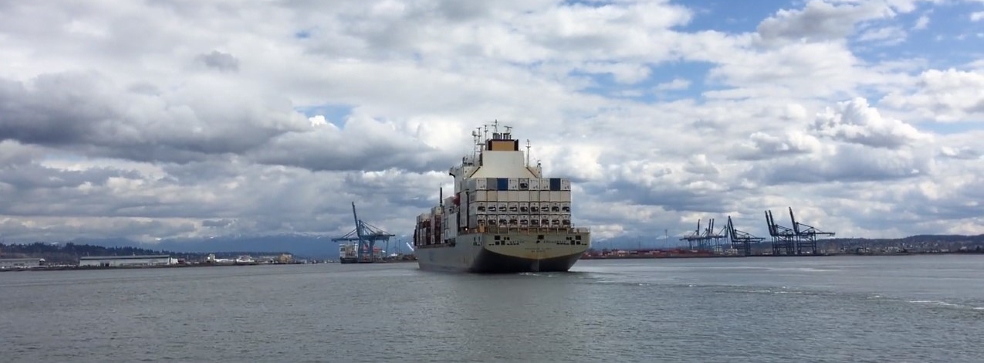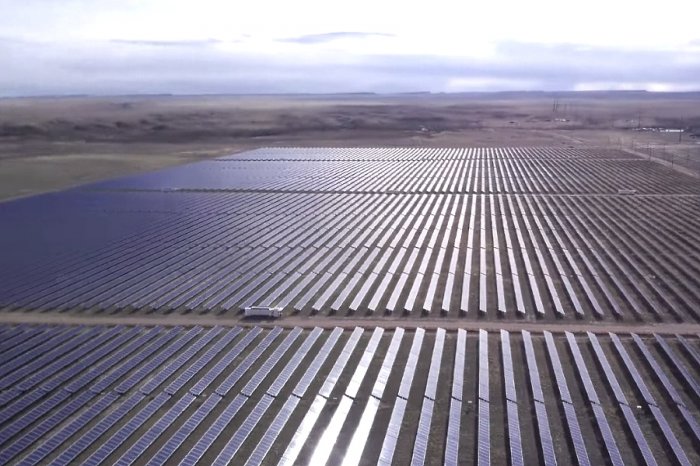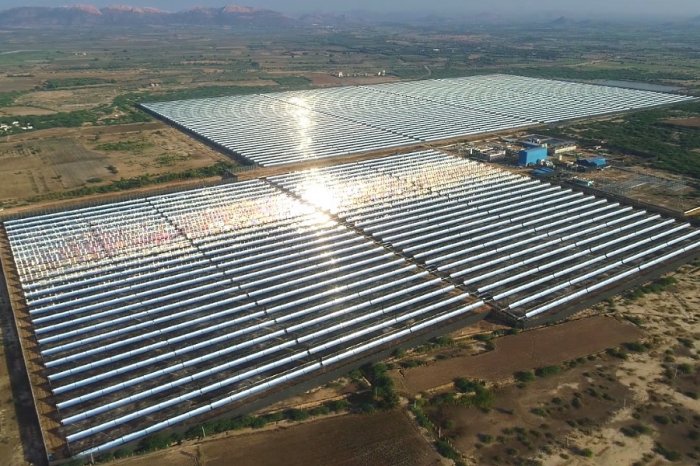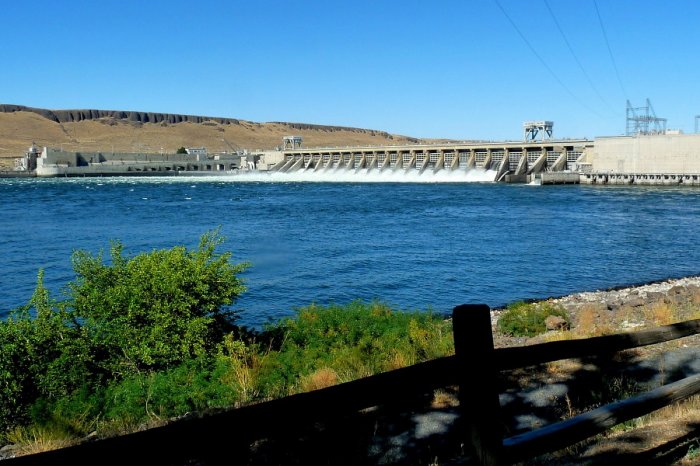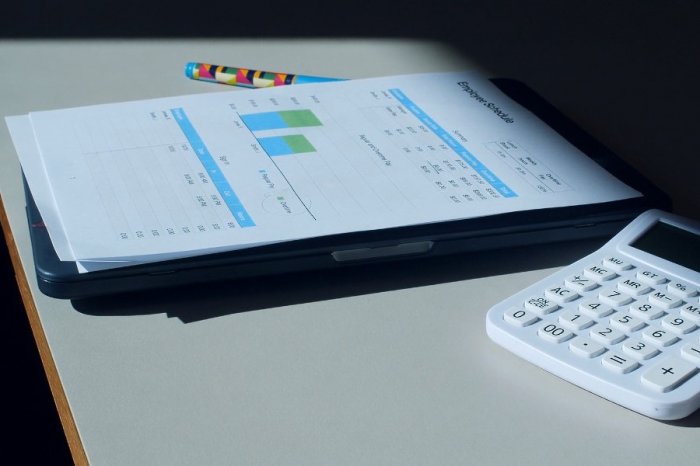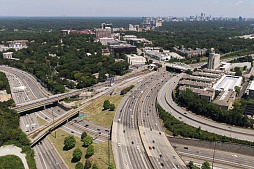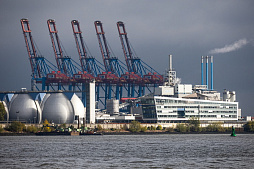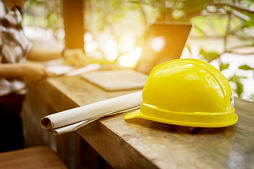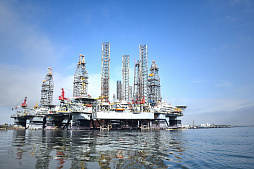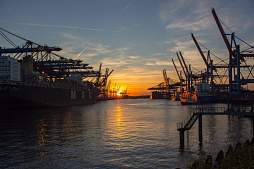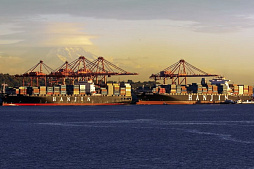To consider an application for financing, fill out the form and send it to us by e-mail along with the project brief, or contact our experts
These complex structures have always acted as the main gates of maritime states to the outside world, through which trade and cultural exchange took place.
There are more than 7,000 ports in the world today, although only a few hundred are truly significant in a global context, concentrating most of the sea freight and passenger traffic.
The importance of maritime infrastructure for the modern economy dictates new approaches to the construction and engineering of ports and terminals, which have changed significantly over the past several decades.
Today, these projects require from engineering companies interdisciplinary knowledge in the field of logistics, information technology, materials science, geology, hydrodynamic processes in coastal zones, construction, and protection of the environment.
In recent years, the process of construction of ports around the world has slowed down, and the focus has shifted towards the construction and modernization of freight terminals.
Huge progress has been made in introducing new, more efficient loading and unloading devices and improving the organization of loading and unloading processes through the use of computer systems.
In technical terms, today there is an increase in the depth of dredging operations and an increase in the size of cargo vessels, which, in turn, dictates new requirements for the depth of vessels, the size of berths, and the size of the maneuvering zone in the port area.
There is also a boom in the construction of marinas, which is associated with an increase in the standard of living and the development of the VIP tourism. A large number of yacht ports have been built in the world and a number of existing old fishing ports have been converted for this purpose. In this sector, there is a tightening of requirements for auxiliary infrastructure, communications and security systems.
Engineering design of seaports is related to the growing needs of society.
Today, this type of service requires a comprehensive analysis and forecasting of the sustainable development of infrastructure, taking into account social needs. Because of their location, seaports often create conflicts between different social groups, which must be taken into account when making investment decisions.
Today, sea transport is a cost-effective and environmentally friendly alternative to rail and road transport, and on some routes it is the only realistic way to transport goods and passengers.
Simplification of administrative procedures for maritime transport in Europe was an important step for the development of the industry, which is responsible for moving 40% of goods on the European market. Legislative changes of recent years have reduced the shipping cost.
Our company, offers comprehensive innovative solutions in the field of financing and engineering design of seaports and other infrastructure, including cargo handling systems.
Together with partners, we are engaged in the financing and construction of ports under an EPC contract in Europe or beyond, guaranteeing customers an unprecedented level of reliability and effective support at all stages of the infrastructure project.
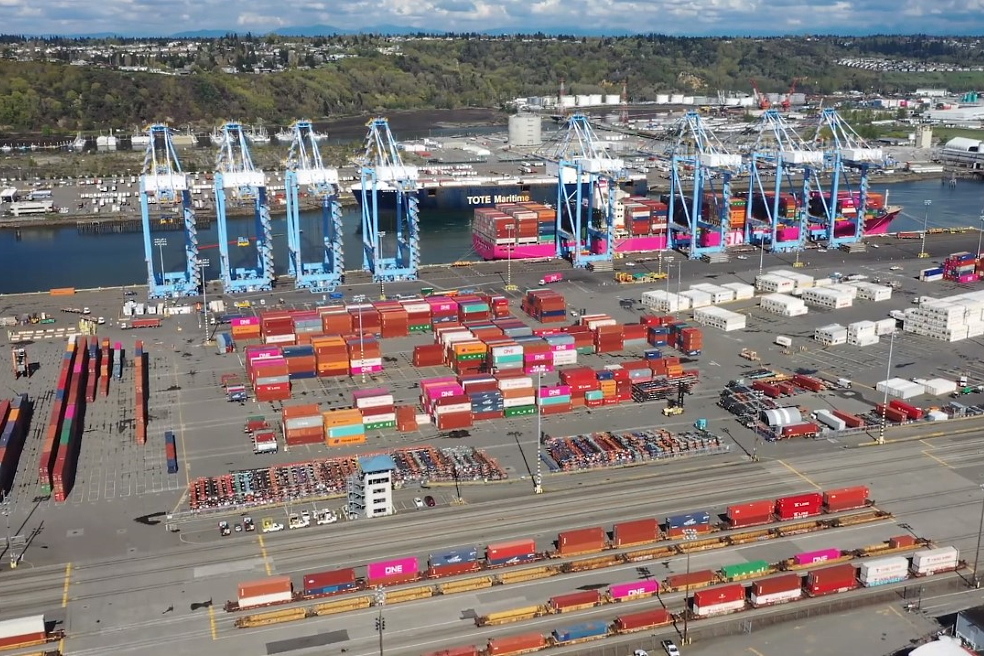
Seaport structure: main elements and their functions
There are four types of engineering structures in a modern seaport:• External protective structures.
• Internal structures for loading and other works.
• Transport infrastructure of the port.
• Auxiliary facilities.
External protective structures of the seaport are necessary to create a protected water surface in which ships can remain for a long time.
The importance of these structures depends on the type of seaport. For example, in ports with good natural barriers (eg Lisbon), walls and breakwaters do not play an important role. On the other hand, they are of great importance in ports such as Barcelona.
The most important role in the engineering design of external protective structures is played by the correct choice of the type and design of seawalls. In general terms, there are two main types of seawalls - curved concrete walls and vertical walls.
Some structures consist of large stones, natural or artificial, located around a rubble core.
They work by absorbing energy: the waves break against stones and the gaps between them absorb the released energy, which is why these structures are also called breakwaters.
Vertical seawalls, on the other hand, work by reflecting energy so that the waves do not break against the dam, but instead direct the energy in other directions. To do this, ensure that the vertical part of the wall is anchored deep enough into the ground.
The berthing infrastructure combines engineering structures that allow the port to receive and moor vessels for subsequent maintenance, loading and unloading of goods.
Quays and piers are vertical walls with a reinforced surface for various port operations.
These can be quite complex engineering structures.
They are built taking into account the specific location and type of vessels to be received so that vessels can moor next to them and carry out any loading and unloading operations in this position.
Mooring structures can be erected along the coast, protrude far into the sea, or they can be completely isolated structures connected to each other and to the coast by narrow passages.
Engineering design of berthing structures requires taking into account the type of cargo received. There are special berthing structures designed for certain traffic and equipped for the quick loading and unloading of certain cargo. There are also simpler multifunctional berths.
The transport infrastructure for access to the port from the sea consists of navigable canals prepared for access by ships. On land, this transport infrastructure consists of roads and railways that connect the port to its zone of influence.
Auxiliary port facilities include warehouses, silos, sheds, cranes and other handling equipment, dry docks, and so on.
All this forms the so-called seaport suprastructure.
The water surface, which is bounded by breakwaters and the natural topography of the coast, is divided into several large areas, including roadsteads and an inner harbor for ships. The shipping channel is the part of the port through which ships dock.
The canals must be deepened enough to accommodate vessels of a certain displacement.
It should be noted that most of the elements of the port infrastructure and superstructure have a very high construction cost and a long service life. For this reason, the engineering design of these elements requires special attention.
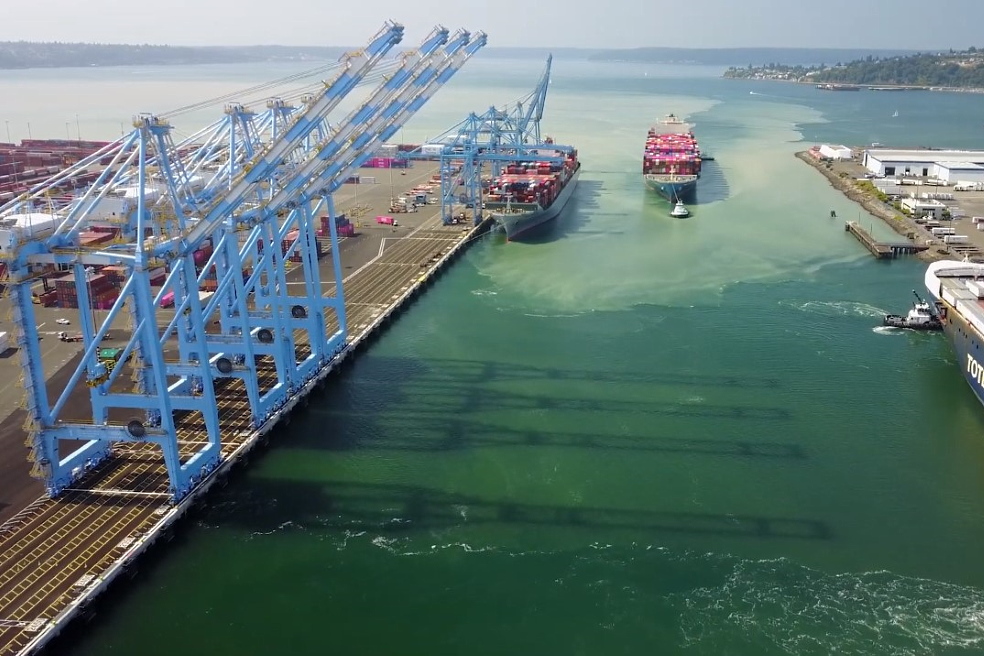
Seaport classification and its role in engineering
Seaports can be classified from different points of view:• Physical classification based on port location, tides, currents, etc.
• Functional classification, which is based on its specific purpose.
• Classification based on the services provided by the port.
• Classification based on port subordination.
• Classification based on ownership, etc.
Physical classification
To understand physical classification, various aspects need to be considered.First of all, is it a natural port in which the water area is limited by natural obstacles, or is it an artificially created port, the water area of which is protected by engineering structures (seawalls, breakwaters).
The World Port Index, published by the US National Geospatial Agency, identifies these types of ports based on physical classification:
• Type A. A natural coastal port in which protection from wind and sea is provided by natural features (island, headland, reef) or some other type of natural protection. An example is the port of Kingston (Jamaica).
• Type B. A coastal port with breakwaters, where artificial walls protect port structures along the coast and reinforce inadequate natural barriers. Examples: Tarragona (Spain).
• Type C. A coastal port where sluices or other similar mechanical devices provide sufficient water retention for ships to navigate regardless of tide level. Examples: Bombay (India).
• Type D. Natural river port located along the river, where water is not retained by artificial barriers. Port facilities consist of piers that run along the bank or protrude into the water. Examples: Lisbon (Portugal).
• Type E. River port with docks, located along the river, on the banks of which dredging works were carried out at an angle to the river flow axis. Examples: Bremen (Germany).
• Type F. River port with sluices, in which water is retained by sluices, gates or other similar mechanical elements. Examples: Bremerhaven (Germany).
• Type G. Port located along a canal or lake and connected to the sea by waterway. Examples: Bruges (Belgium).
• Type H. Port on the high seas, devoid of protection from wind and water. This is a relatively common concept for some oil terminals. For example, Ras Tanura (Saudi Arabia).
Also, due to different physical conditions, the engineering design of seaports requires taking into account the presence or absence of tides (a large amplitude of tides can force the docks to be equipped with sluices), the presence of strong currents, wind regime, geotechnical conditions, terrain and much more.
Functional classification
From a functional point of view, ports can be divided into fishing, industrial, passenger, commercial, military, recreational, and so on.Within trade (cargo) and industrial ports, we can distinguish subtypes depending on the goods being unloaded (oil, bulk cargo, cement, and so on).
In practice, most large commercial ports are of a mixed type, handling all kinds of cargo at various terminals. Today, only the smallest ports such as recreational, fishing and military ports can be dedicated to one specific purpose.
For example, the seaport of Barcelona, one of the largest seaports in Southern Europe, is multifunctional.
Trading activities prevail here, but fishing is also carried out.
This port has sports marinas, passenger transport (cruise routes and ferry routes to the Balearic Islands) and much more.
The main purpose of the port, which is determined by investors at the pre-investment stage, plays a key role in the engineering design process. Changing the original purpose can greatly affect the implementation of the project, in some cases, multiplying the investment costs.
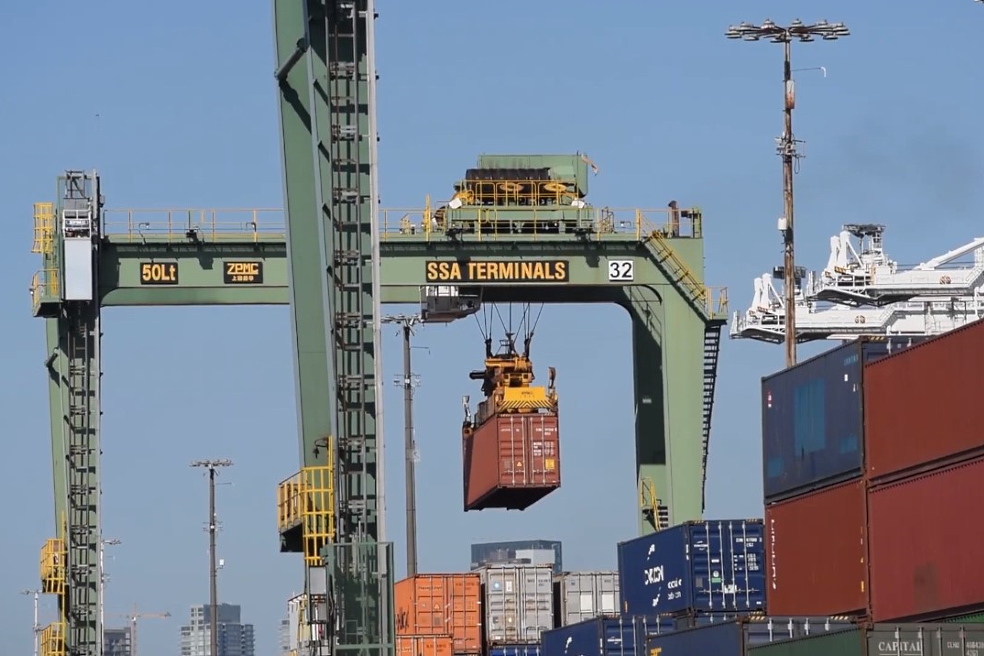
Port classification by services provided
Modern ports are the result of long evolution and competition.Three generations of ports are highlighted below, depending on the volume of services they provide:
| First generation ports | Ports of the old type, which were built before the 1960s. They are mainly intended for general cargo, which is influenced by the very conservative policy of the port. They are only operational centers for loading and unloading goods, storage and navigation. Port operators lack coordination in commercial policy. |
| Second generation ports | These ports represent an intermediate period between the 1960s and 1980s. In addition to general cargo, liquid and bulk cargo is used. The port is expanding industrial cargo handling and commercial services, which entails a physical and functional expansion of the port. The second generation port is becoming a link in a multifunctional logistics chain. The port's relationship with transport and trade companies, as well as with the municipality, is strengthening as the city in which the port is located plays a decisive role in its operation and supply. |
| Third generation ports | Since the 1980s, modern seaports have appeared. In addition to general and bulk cargo, a revolutionary containerization function and extensive industrial cargo handling are added. The port acts as a multimodal transport center and logistics platform. This means expanding functions: distribution of goods, new information channels and intermodal transport links. |
First generation ports are limited to the storage, handling and use of cargo.
Second generation ports are more integrated into the transport logistics chain, while third generation ports provide numerous value-added services.
Today, the port's activities are professional and specialized, providing high added value, in which technology and information play an important role, and concern for the environment and human safety is growing.
Accordingly, the complexity and labor intensity of the engineering design of seaports has increased exponentially over the past decades, placing ever-increasing demands on the contractor teams.
Seaport engineering design: general principles
The port as a link between sea transport and land transport is an important instrument of trade, a place of cultural exchange and a driver of economic growth.The theory and practice of engineering design of seaports have come a long way of evolution for the most effective adaptation of the natural conditions of the coast, using any technologies available at a given historical period.
Today, the engineering design of the port infrastructure is moving towards the improvement of artificial structures that will provide safe anchorage of ships and port operations for loading and unloading goods with better performance.
Currently, there is a tightening of requirements for new projects due to an increase in the speed and carrying capacity of ships, the need to reduce the cost of cargo handling and growing competition in the field of sea freight.
Engineering companies use the most advanced technologies to adapt the natural conditions of the coast to the rapidly changing needs of port operators. Modern approaches to engineering design are aimed at the maximum possible improvement of port operations, which differ in their requirements depending on the type of cargo transported and their volume.
At the same time, engineers must take into account economic, environmental and social requirements in the implementation of each specific project.
Since there are different users, different requirements are put forward for the engineering design of ports.
The planned infrastructure in each case must correspond to the global strategy of future customers.
The main requirements of clients for a seaport usually include:
• Advantageous location, proximity to production and consumption centers.
• Sufficient space for loading and unloading and other operations.
• Adequate infrastructure for modern transportation.
• Good connectivity with land routes.
• Optimal cost of cargo handling.
• No delays and high security measures.
• Highly efficient equipment.
• Reliable control.
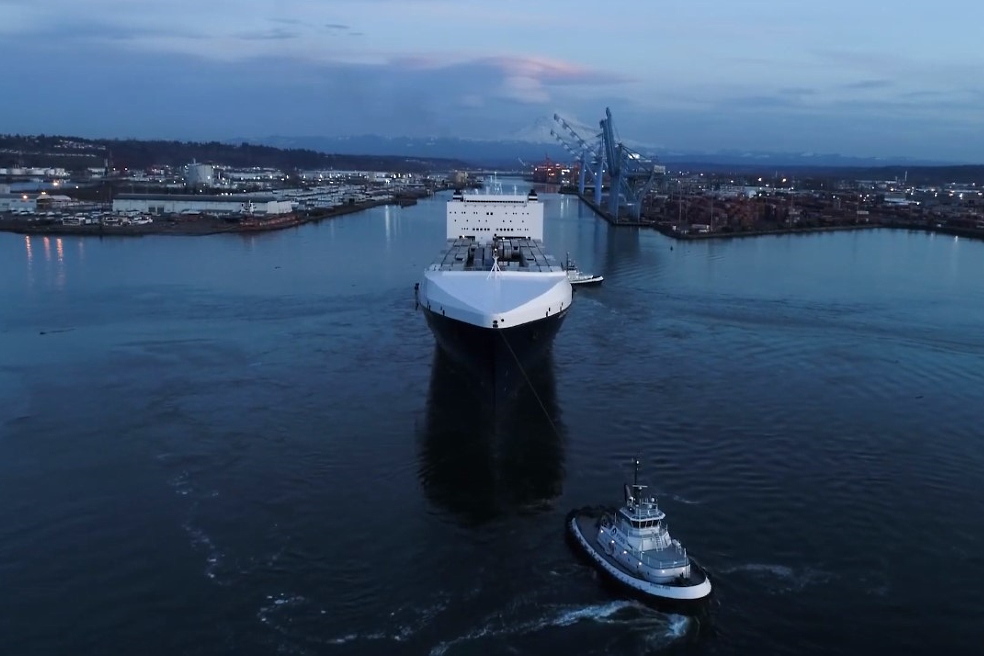
In recent years, this list has been supplemented with requirements such as safety and respect for the environment, the development of sustainable activities and infrastructure.
Some of these requirements have always been important factors in the competitiveness of ports.
One of the most important factors in the competitiveness of a port is cost, which is closely related to performance.
When we talk about costs, we must take into account all the costs associated with the size of the vessel and the passage of goods through the port, which includes both the costs of handling the vessel and the costs associated with handling the cargo (THC – Terminal Handling Charges).
In the design of next-generation seaports, factors such as the interaction between different modes of transport and information systems are becoming increasingly important.
Seaport engineering design services
We and our partners have proven its technical excellence by successfully implementing ambitious industrial, energy and infrastructure projects in many countries around the world.Are you looking for specialists who can be entrusted with the construction and effective management of various water transport projects?
Contact us.
Engineering services include:
• Comprehensive engineering research.
• Study of climatic, soil and navigation conditions.
• Carrying out measures to protect the ecological balance.
• Search, purchase and delivery of the necessary equipment and materials.
• Development of technologies for the construction of a port on an individual order.
• Preparation of technical and financial documentation.
• Obtaining the necessary permits for construction and operation.
• Quality control at all stages of construction.
• Testing and commissioning.
Do you need financing, high-quality engineering design and construction of a seaport?
SWIG with its partners will provide you with all the professional services you need.
We will take on any task that arises during the construction of water transport facilities.



